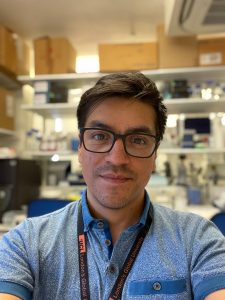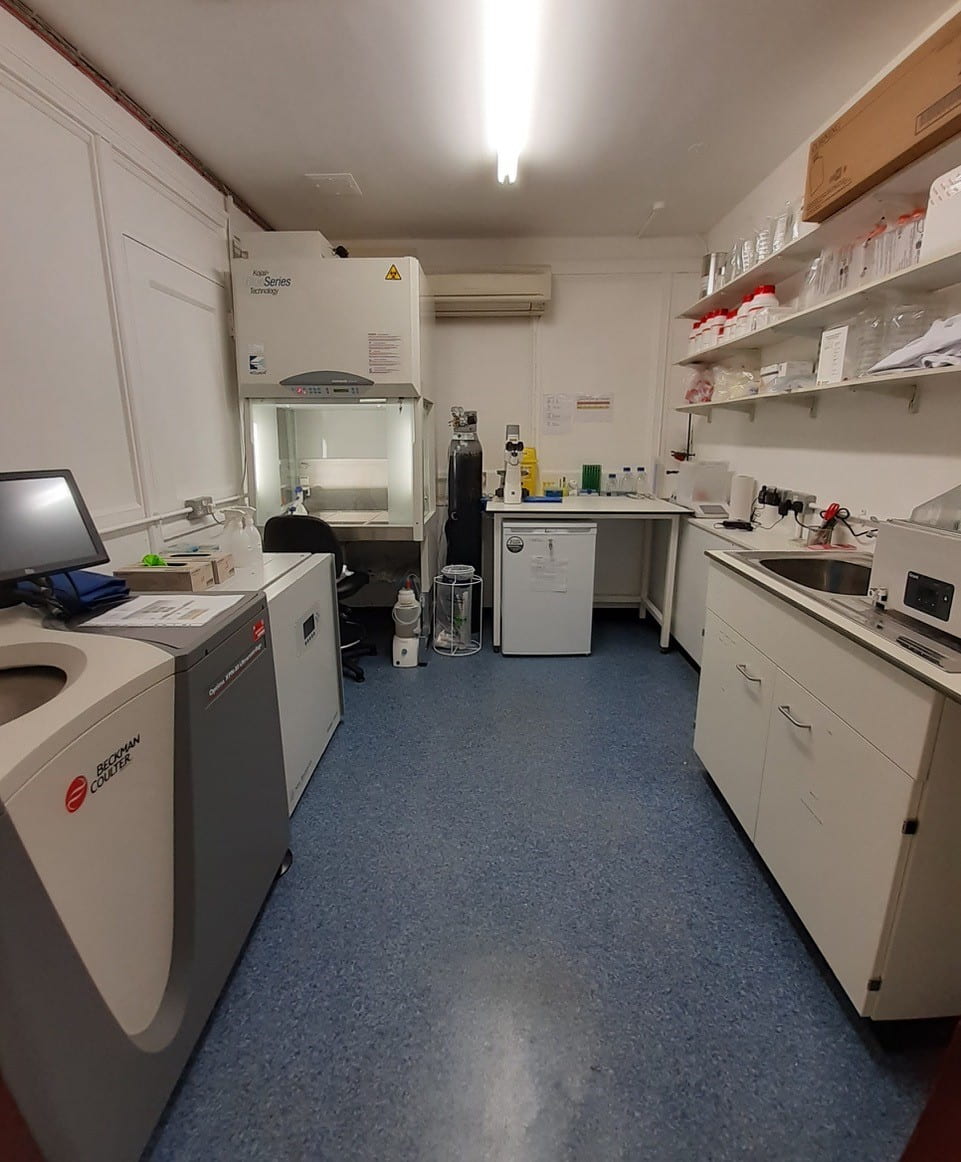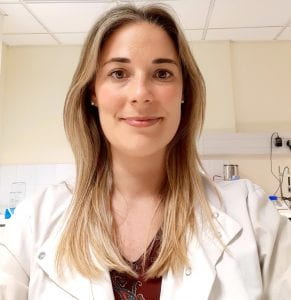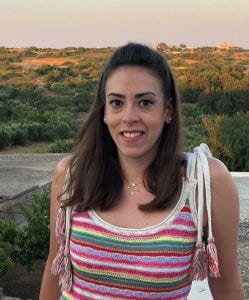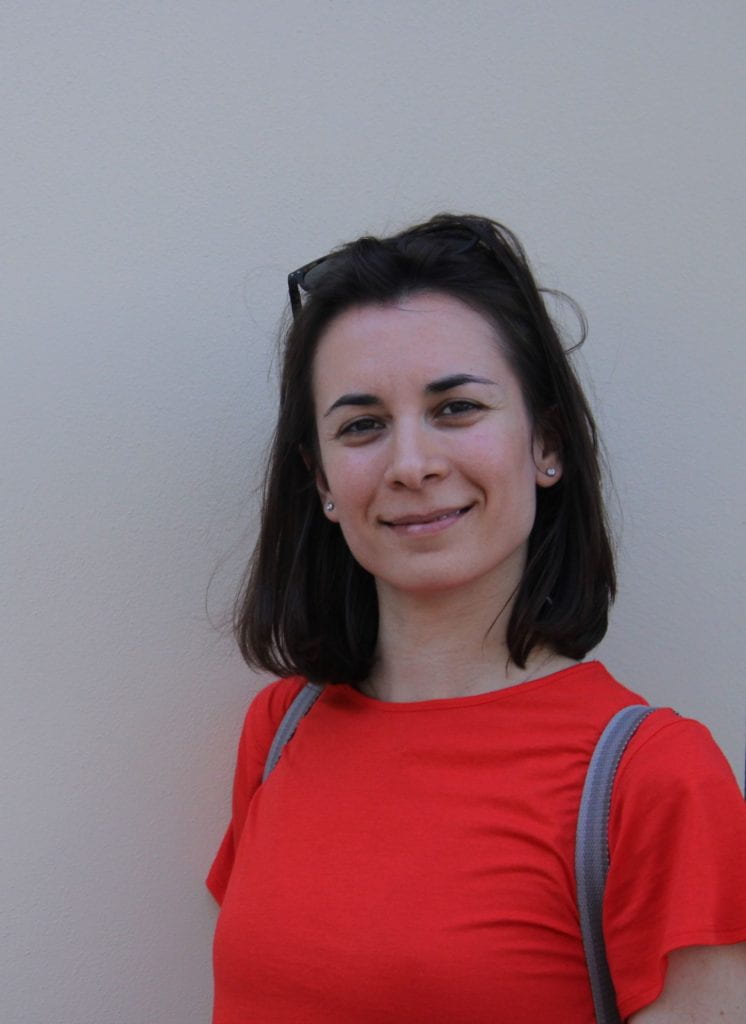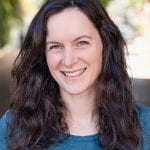Dr Ahad Rahim is an Associate Professor of Translational Neuroscience and Associate Director of Research at the UCL School of Pharmacy. Dr Rahim’s group works on the development of novel therapies for neurodegenerative diseases and recently at the end of 2019, received an MRC DPFS grant of £654,904 to develop gene therapy for infantile neuroaxonal dystrophy (INAD).
Please provide an overview of infantile neuroaxonal dystrophy (INAD) and the need to develop a new therapy.
INAD is a devastating inherited neurodegenerative condition that affects children. It’s caused by mutations in a gene called PLA2G6 that encodes for an enzyme known as Phospholipase A2, which leads to neurodegeneration in the nervous system of patients accompanied by an inflammatory response. The downstream effect of that is cognitive decline and progressive motor disorder, which leads to death in the first decade of life.
The symptoms usually present between 6 months and 3 years of age, and patients are completely dependent on family, carers and the healthcare system for the duration of their lives. This, of course, has a very significant emotional and social burden.
Palliative care is currently the only way to respond to INAD, with there being no clinical treatment available for the condition. Therefore, there’s an overwhelming need to develop a new and effective therapy for INAD.
We work closely with Professor Manju Kurian at the UCL Great Ormond Street (GOS) Institute of Child Health and she is the clinical lead for patients with this disease. She sees patients living with the condition and is invaluable to our work. Professor Kurian and I have been working together for the last 4/5 years to provide proof of concept studies supportive of gene therapy for INAD.
Why have you identified gene therapy as a good treatment potential for INAD?
The theory of gene therapy has been around for quite a while but has taken almost a generation for it to develop into something that is clinical viable. UCL now proudly has many success stories of gene therapy clinical trials leading to spinout companies.
Visit the UCL Therapeutic Innovation Networks (UCL TINs) website for more gene therapy case studies.
So overall, we have a very good track record of gene therapy at UCL.
Gene therapy is revolutionising the way that we think about treating genetic diseases and although it has taken a while to get to this point, there have been some really pioneering clinical trials in neurological diseases similar to INAD. One example is spinal muscular atrophy where gene therapy has had life-saving effects. This success story in a neurological condition with gene therapy, have led us to investigate the use of gene therapy for other neurological diseases – INAD being one of them. We know which gene is defective in INAD, so we can investigate the use of gene therapy to deliver a healthy version of that gene to compensate for the defective version. We do this in the hope that this would cure the patient.
Therefore the three overwhelming considerations that make us think that INAD is a good candidate for gene therapy are: we know what the effected gene is, there is no other option available to the patient, and gene therapy has had a good effect in another genetic neurological condition.
What is AAV-mediated gene therapy?
Adeno-associated viruses (AAV) occur naturally; we have all been infected with AAV at some point and since they are non-pathogenic, you won’t even know you have it. AAV-mediated therapy involves delivering a gene for therapeutic purposes using a modified and safe AAV virus.
Getting genes into cells is not an easy task because our cells are designed with defensive mechanisms in place to prevent exogenous DNA from coming in and corrupting its own DNA. Therefore to be able to get your therapeutic gene into the right part of the cell that you want to correct, you need a vehicle or mechanism for it to get in – that’s where we use viruses like AAV.
Viruses are at the top of the food chain in terms of being able to deliver their genetic material into a cell. In order to exploit this ability for gene therapy, we take viruses like AAV, remove the bits which are potentially harmful, toxic or we don’t need, and we replace that with therapeutic genetic material – in the instance of INAD, it’s the PLA2G6 gene. We then use the virus as a trojan horse, as it now carries our therapeutic gene and delivers it into the cell effectively.
How will you optimise AAV9-mediated gene therapy for INAD as part of this DPFS project?
In mouse models, we have been able to show that AAV-9 gene therapy is effective by rescuing the mouse from premature death and reducing the loss of neurons in the brain. However, as always, there’s room for improvement in the vector. It is important to remember that due to size differences between a mouse brain and human brain, what you do in a mouse, is very different to what you do in a human being. What we want to do is give ourselves the best chance of therapeutic effect in that much bigger brain – and that is a challenge.
In this grant, we want to modify the AAV vector by improving elements of it. This includes the optimising how the gene is expressed once it’s delivered into the cell. We’re also looking at the best way of administering this AAV9 vector via different routes of administration to give the best coverage in a larger brain.
Can you describe the results from your proof-of-concept data that demonstrates therapeutic efficacy of this approach?
Over the past 4 years we’ve been working on a mouse model that has a mutation in the PLA2G6 gene. The model has very similar symptoms, levels of neurodegeneration and inflammatory response in the brain as human INAD patients do. This is important because what we don’t want to do, is study a mouse model that is not faithful to what happens in human beings. We have been able to confirm that that is a good model to be able to test future novel therapy on.
We then designed an AAV9 vector which carried the therapeutic human PLA2G6 gene and we administered this into the PLA2G6 deficient mice. We looked to see if there was an improvement in lifespan, locomotor function, behaviour and neuropathology.
We were pleased to find a significant improvement in all of the markers of therapeutic efficacy that we were looking for which showed benefit from the AAV9 gene therapy. That’s quite promising in such an aggressive model of neurodegeneration.
It was on the basis of that preliminary data that we applied to the MRC asking for funding to be able to take this further towards the clinic. If we make the AAV9 vector better, can we administer it in a way that is more efficacious and would be most beneficial one day in human beings?
What stage are you up to with your work?
Now that we have shown proof-of-concept in our work, we want to make further improvements on survival, locomotor function and neuropathology in the mice so that we develop the very best therapy in human beings and we know that there is room for improvement in the vector to achieve this.
The two year grant will allow us to do more preclinical studies – including large animal studies which will help give us a lot of information as to how it will work one day in humans.
Can you highlight any barriers to translation you have come across?
In the gene therapy community there are certain hurdles which exist as potential bottlenecks. As gene therapy is growing very quickly and is a massively expanding field, the availability of facilities to manufacture vectors for clinical use, is relatively few in number. They aren’t many places that can take a viral vector and produce it at the quantity, quality and purity that would be suitable to go into human beings.
If you think about the amount of gene therapy activity happening around the world – it’s a huge burden on those facilities, meaning that stakeholders are having to wait an extremely long time to get the vector manufactured at an acceptable grade which they can then use to run a clinical trial.
There needs to be more of these facilities and more people trained in gene therapy technology. I would say that we as academics, need to be training more people in gene therapy technology to provide the workforce for a field that is growing so quickly.
Another consideration is the business side of gene therapy. Sometimes there are patents on certain vectors or parts of a vector. This is a commercial necessity and you may need a license to use that particular technology. This is not a problem in itself, but is something else that we have to think ahead of when working in such a rapidly expanding field.
When you write MRC DPFS applications, there are very specific questions in the application around freedom to operate which UCLB were able to help us answer, including “What is the current IP issues around this?”, and “Do you foresee any problems in the future in terms of getting access commercially to these technologies?”. These are important questions to ask because the MRC want to be sure that whatever we are developing has a commercial exit strategy. It would be tragic if we develop a promising treatment but don’t have commercially viable routes to take it forward and get it to the number of patients that need it.
How has the UCL Translational Research Office (TRO) supported you in your work?
The TRO have helped a lot in many translational projects that have come out of my lab. I’ve worked with Translational Research Manager Dr Alethea Cope right from the beginning for every one of my projects, and she has been instrumental. Alethea has recently moved on from the TRO but I am fortunate to now have support from Dr Simon Eaglestone (UCL TRO Translational Research Manager) who has managed other gene therapy projects at GOS, which are now progressing to clinical trial.
These projects are often complex in the way that they are designed and lot of things that we’re doing are the first time anyone has tried them. Within our projects, it is a common need to contract out some of the work to contract research organisations (CRO’s) external to UCL. This process requires a lot of time invested in terms of engaging with those CROs, making them understand what work we want to do, and getting quotes from them on very specialised/tailored work. Where the TRO have been really instrumental, is connecting me with the right CROs and allowing me to have that conversation with them.
The TRO are also very up to date and knowledgeable about what’s happening in general in the gene therapy field. They often know things that we don’t and so they are able to guide us in the right direction. For example, in the manufacturing of the clinical grade gene therapy vectors, the TRO know which facilities are perhaps in the best position to help us. Those nuggets of information are critical and are invaluable in helping us to succeed.
What are the next steps for this project?
Once this grant has ended, it will allow us to have more detailed conversations with the clinical community and with regulators who will assess our work and determine whether it’s safe for potential clinical translation. The link between my lab and clinicians like Professor Kurian is really important, and it will allow us to move along a well thought-out translational pathway and get this treatment to patients who badly need it.
About Dr Ahad Rahim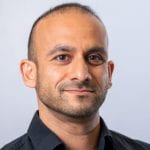
Dr Ahad Rahim is an Associate Professor in Translational Neuroscience and leads a research team at the UCL School of Pharmacy focussed on studying lethal or debilitating neurodegenerative disorders to evaluate disease mechanisms and develop novel therapies.
His team are involved in the pre-clinical testing of therapeutic modalities including gene and stem cell therapies, exosomes and small molecule neuroprotective drugs. Diseases and conditions being studied in Dr Rahim’s laboratory include Niemann-Pick disease type C, Gaucher disease, PLA2G6-associated infantile neuroaxonal dystrophy (INAD), Batten disease (CLN2, CLN3, CLN5, CLN6 and CLN7), Parkinson’s disease, neonatal hypoxic-ischemic encephalopathy and peripheral nerve damage.
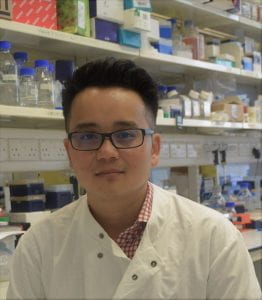
 Close
Close


